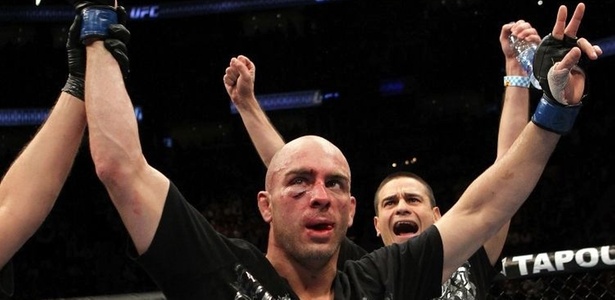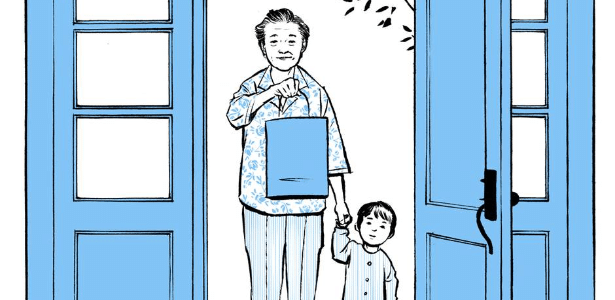Last July, more than 87,000 people packed Wembley Stadium, London, to watch the final of the Women’s European Cup. At home, England beat Germany to lift the cup on the traditional stage of English football.
Since then, the victory of lionesses (“lionesses” in English) further boosted the popularity of English women’s football. However, the increase in interest was only a reflection of already consolidated success before the title.
In 2021, the Women’s Super League (WSL), the top division of the English women’s football league, reached a landmark deal to broadcast the tournament with the BBC and Sky. It is £8 million per year, or about R$50 million per year.
One of the main local clubs, Arsenal have increased the wage bill of their women’s team by almost 30%, between players and other employees. Last season, 4.3 million pounds (about R$26.8 million) was spent on salaries.
A huge increase from the £2.6m (around R$16.2m) spent in the 2020-21 campaign. The staff has also increased from 35 to 44, with an average salary of 98,000 pounds sterling (about R$610,000).
Despite the appreciation, we are quite far from the men’s team. Leader of the Premier League, the first division of the English men’s football championship, Arsenal has a payroll of more than 220 million pounds sterling (approximately R$1.37 billion).
The salaries paid out to the men are also a reflection of what is the most popular league in world football, with huge revenue streams. Although it is still far from this reality, English women’s football has seen strong growth.
In May last year, Arsenal recorded a 62 per cent increase in women’s team revenue, reflecting not only the WSL broadcast deal, but also growth in matchday revenue, with matches on the Emirates Stadium.
Speaking to the BBC, the club underlined their commitment to developing women’s football in a sustainable way and stressed that “we need to make sure we invest in the best players, and that means paying competitive wages”.
“The same principles apply to our men’s team,” said Arsenal, who added that they aim to achieve “regular income through commercial partnerships and increased match attendance”.
canadian protest
A few months before the start of the World Cup, which will be played between July and August in Australia and New Zealand, the Canadian team, one of the most traditional in women’s football, is in crisis with the federation. .
After being denied a strike, the Canadian women’s team protested for equal payouts and greater investment in selection at the SheBelieves Cup, a friendly tournament played in the United States for the past two weeks.
The athletes pointed out that “with less than six months to go before the biggest event in women’s football history, our preparation for the World Cup and the future of the team are compromised by the federation’s inability to support national teams.
“Despite our record of success and achievement for over a decade, we continue to hear that there is not enough money to adequately fund our projects and those of the youth teams,” said the players association.
Contrary to the positive results and the growing popularity in the country, the Canadian Football Association has made cuts and the complaints also extend to the men’s team, which showed its support for the women’s protest.
While the men’s team returned to compete at Worlds after 36 years, the women’s team are the current Olympic champions. Unlike the $11 million (approximately R$57.3 million) spent on men in 2021, the federation spent $5.1 million (R$26.6 million) on women during the same period.
Learn more

“Total troublemaker. Alcohol aficionado. Social media specialist. Friendly travel nerd.”






